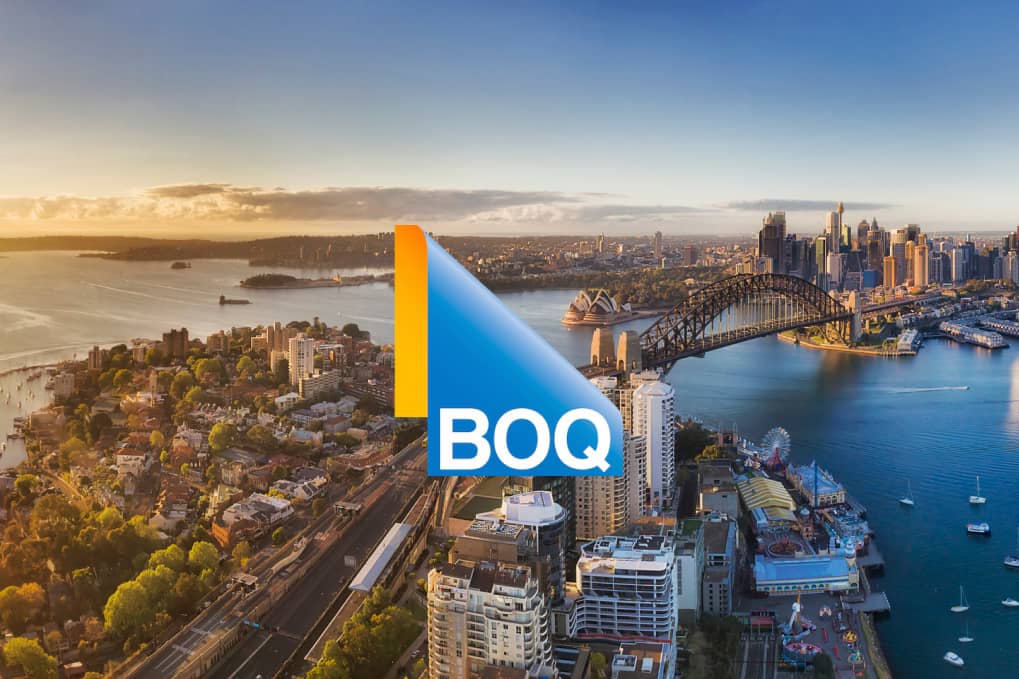The Evolution of Banking
Clients have changing expectations for engagement in an increasingly mobile world. Accustomed to the digital experiences provided by the apps used in their personal and professional lives, customers expect the same on-demand experiences from their financial services providers.
The mobile lifestyle represents both an opportunity and a challenge for financial institutions. This technological shift in consumer behavior offers disruptors an opportunity to weaken the ‘stickiness’ between incumbent banks and their customers. A rapidly expanding population is moving away from traditional banking relationships altogether, abandoning the brick and mortar brand model in favor of the digital-only experiences provided by challenger banks.
Conducting in-person banking has always been a nuisance for working people: typically, they had to rush in during lunch hour, leave work early, or stand in long lines during Saturday hours. According to Forbes, nearly 40% of Americans have not walked through the doors of a bank or credit union in at least the past six months. With the paradigm shift to mobile, banks can now power a branch in millions of mobile phones, creating serious implications for scalability and operational efficiency.
Financial services providers are creating renewed digital customer experiences to reach, engage, and retain customers. These experiences are shifting towards an ‘omnichannel’ approach by collating multiple digital channels into a unified customer experience. According to a report by the British Bankers’ Association, customers are increasingly using their mobile phones as “portable banks,” managing credit cards, loans, and taking part in real-time video meetings with bankers.
Citibank: Prior to Moxo
India has one of the world’s fastest growing populations of high net-worth individuals (HNWIs) with over $1 million USD in investable assets — both in terms of the number of individuals and their wealth. Over the past 10 years, HNWI volumes have increased by 290%, from approximately 68,000 HNWIs in 2006, to 264,000 HNWIs in 2016.
Wealth management services in India were traditionally oriented towards face-to-face relationships with a limited number of Ultra-HNWIs and HNWIs in metropolitan areas. As a result, the unprecedented growth of the HNWI and Mass Affluent population segment resulted in a lack of sophisticated, high-touch delivery channels for wealth management services. While maximizing returns is naturally a key objective for HNWIs, a mobile-friendly advisory approach with a greater focus on investment advice, is critical to address the needs of this growing segment. As the wealth management industry in India is at a nascent stage, market penetration of financial services offerings are relatively low and current operational models are limiting, providing private banking players with significant growth opportunities.
“In Asia Pacific, 82.3% of HNWIs expect their future wealth management relationship to be mostly or entirely digital,” according to the Global HNW Insights Survey.
India’s wealth management services sector is largely fragmented. Most organized players were traditionally focused mainly on the urban segment, leaving a large population of HNWIs untapped. However, the share of independent, smaller brokers offering financial advice reduced considerably recently — principally due to the increasing presence of organized providers, as well as regulatory and profitability pressures. This marked consolidation has caused a surge in available liquid assets for wealth management players, contributing to fierce competition for net new assets under management.
“For 90% of Asia Pacific HNWIs, digital maturity of their wealth management firm is an important factor in their decision to increase or decrease assets over the next two years,” according to CapGemini.
Challenges
With the rapid movement towards digital wealth management models, the touch points for clients increase along with concerns for data privacy and security. Unsecured and uncontrolled communication applications are a compliance nightmare for financial institutions. In order to provide the ease of modern messaging apps, while ensuring utmost compliance with regulations, deploying a highly secure solution with robust management capabilities is a must.
Operating in this landscape, Citibank India faces a number of limitations when creating a viable solution. The bank had begun to enable chat and video banking, but the product had disjoined experiences on desktop and mobile, in addition to a lack of document exchange and collaboration capabilities. As a result, the customer usage was non-existent. Building a secure, cross-platform service that mirrored in-person interactions between wealth managers and clients, while also aligning with the regulatory requirements, proved challenging.
Solution
Moxo powers Citi Hello, an application to digitize interactions between Citigold clients and relationship managers. By partnering with Moxo, Citi was able to reimagine their client engagement journey for the digital era. The solution is compliant with all security standards and bank policies, including auto-recording conversations, storing interactions history over years, and more.
Citigold India customers can message, call, and video chat with relationship managers and other experts through the bank’s mobile app. Relationship managers can share documents, provide advice on asset classes, execute deals, get signatures, exchange notes, and launch video meetings — all from within the app. All interactions are saved with a full audit trial.
Results
Close to 40% of Citi’s business in India comes from wealth management services. The Citi Hello service launched for Citigold customers and has been expanded to Citi Priority customers, due to the overwhelming success of the initial rollout.
Key Results:
- Operational efficiency: 200% increase in productivity.
- Customer engagement: Over 200 million USD worth of transactions in the first 10 months
- 100% usage across clients and relationship managers
Since launching Citi Hello, over the past three years, Citi India has seen a 10x return on their investment, and broke even within the first year alone.
“We completed one of the largest deals done on this platform… If someone wants to invest, let’s say $5 million into a particular fund, it is possible and doable without a flinch because it’s as secure as it gets,” said Raghuveer Sampath, Head of Wealth Management at Citibank India. “As far as other benefits, first and foremost, commute time decreased dramatically. As a relationship manager in any of the cities in India, I can assure you, you cannot do more than two meetings a day, right? The traffic is just terrible. Even if you do something on a phone call, the stickiness factor of that conversation is very low. Somehow, this interface of a chat, plus when required, an audio or a video, plus roping in a whole lot of specialists who could be spread across… The last six months, this product has been extensively used, and that's the biggest intangible benefit.”
With Citi Hello, relationship managers have dramatically increased their transaction throughput. “Unique clients are increasing threefold. I’m able to complete 3x as many unique transactions compared to previous months without Citi Hello, and 10x as many fund level transactions per year,” said Sampath
"It's transforming the nature of experience and bringing the relationship management team and expertise within the grasp of consumers. Just as we went from 5-6 days to issue personal loans to current customers to 15 minutes electronically today, we decided to redefine the relationship management paradigm. We have put the power and control in our customer's hands.
Kartik Kaushik, Country Business Manager, Citibank India







